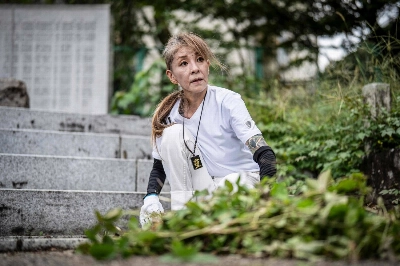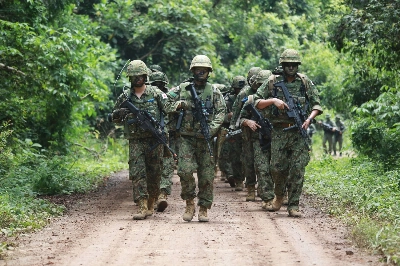On Oct. 13, Japan announced the suspension of its payments to UNESCO, to which it is (after America) the second-largest contributor. This was ostensibly done in belated protest at the decision a year ago to enshrine Nanking Massacre documentation in UNESCO's Memory of the World Register. However, it comes as the Japanese government attempts to ratchet up pressure on the international body as it considers a related application for registration of documents on the "comfort women" system of sex slavery operated by the Japanese military.
While UNESCO's decision on that application is pending, in Nanjing (as Nanking is now known) a Comfort Women Memorial Hall, opened last December, has become the newest feature of the local landscape of war commemoration. Located in the restored buildings of a former "comfort station" (military brothel), it is the first major Chinese museum dedicated to the issue. It provides some insight into the official position on this issue, while begging the question: Why is it only very recently that the comfort women have attracted significant attention from the Chinese authorities?
The style and content of the exhibition at the new memorial contrast markedly with those of most Chinese war museums. For example, the nearby Nanking Massacre Memorial (NMM) last year experienced a makeover to mark the 70th anniversary of the end of World War II. A huge new annex opened, celebrating the contribution of China, and especially its Communist Party, to victory in the global Anti-Fascist War. The effect is to further eclipse the original conception of the NMM as a shrine to peace modeled largely on the Hiroshima and Nagasaki memorials. The overwhelming emphasis of the new annex is on triumphalist celebration of Chinese moral and military force.

















With your current subscription plan you can comment on stories. However, before writing your first comment, please create a display name in the Profile section of your subscriber account page.